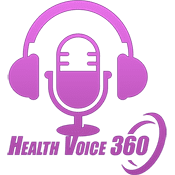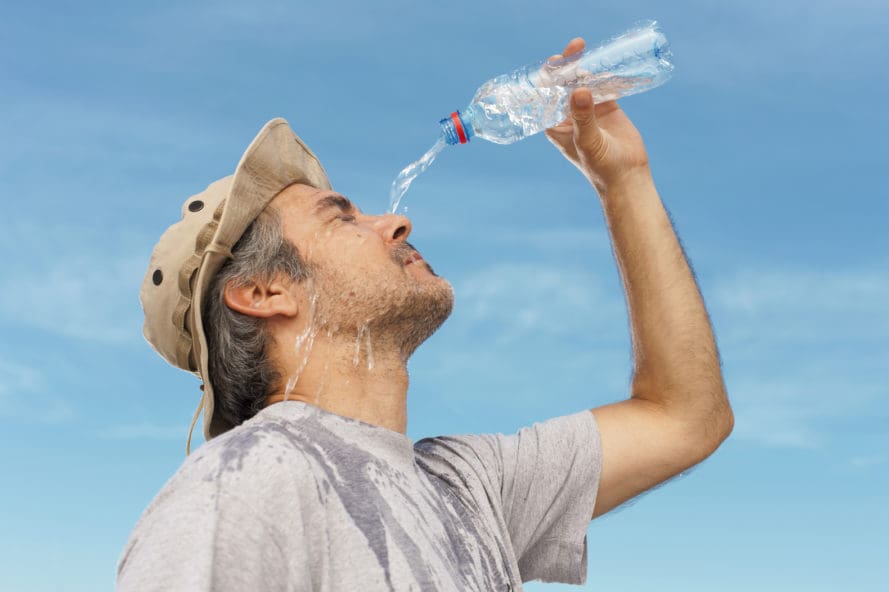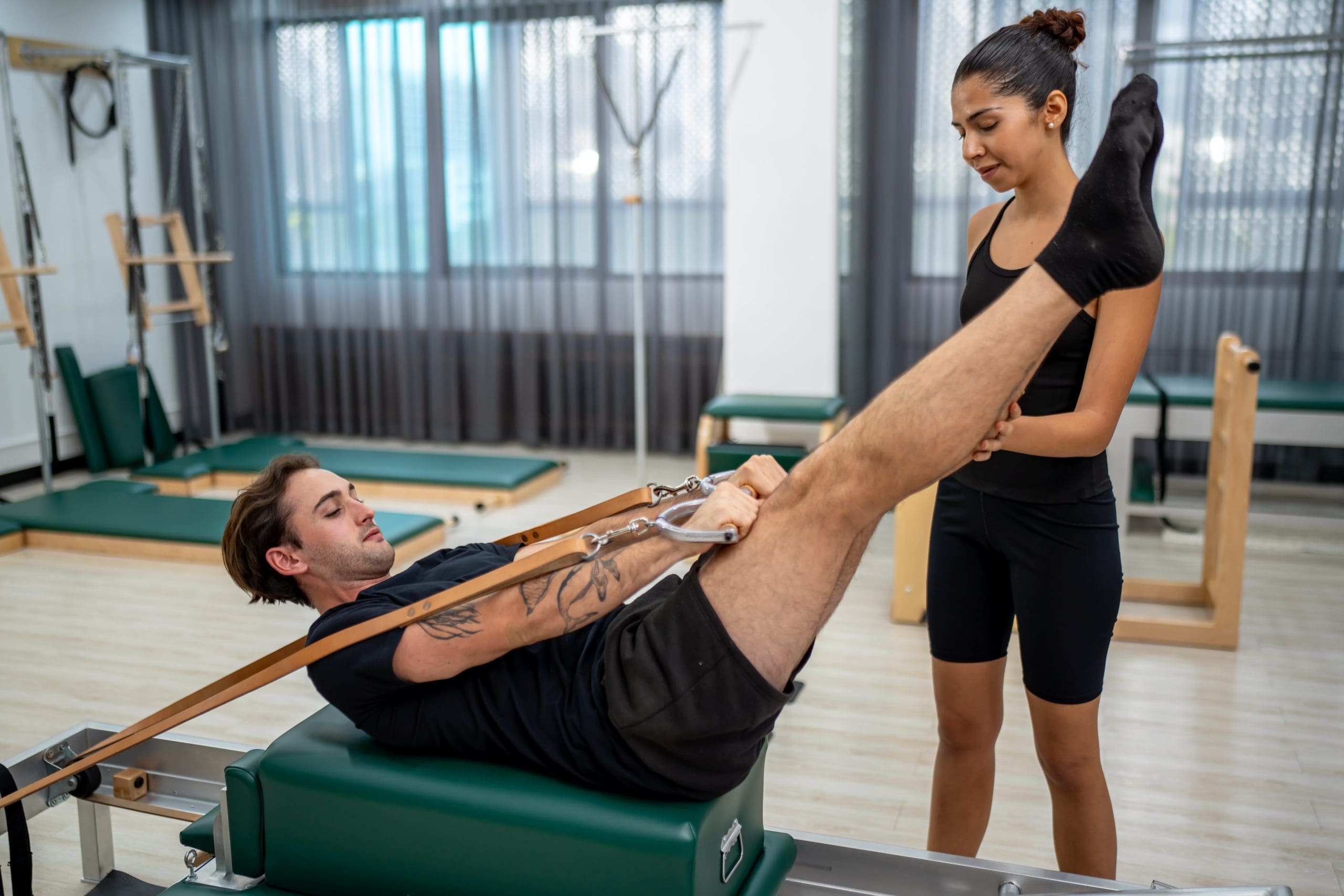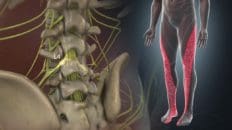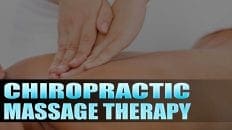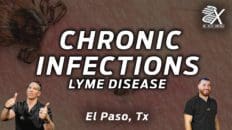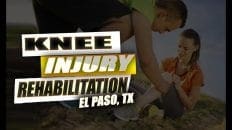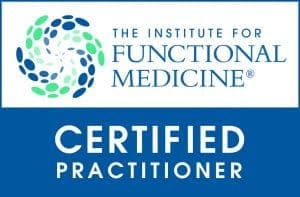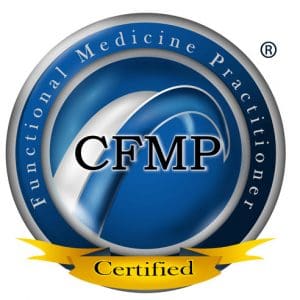Do individuals with muscle pain know the difference between heat stroke and heat exhaustion and can find ways to stay cool?
Table of Contents
Introduction
As the temperature rises worldwide, many individuals are enjoying their time outside and getting more sun in their lives. However, rising temperatures also mean the rise of heat-related illnesses. The two most common heat-related illnesses are heat stroke and heat exhaustion, which can impact an individual’s musculoskeletal system and have different symptoms in terms of severity. Today’s article focuses on the differences between these two heat-related illnesses, how they affect the musculoskeletal system and treatments to stay cool while reducing muscle pain. We discuss with certified associated medical providers who consolidate our patients’ information to assess heat-related illnesses associated with muscle pain. We also inform and guide patients while asking their associated medical provider intricate questions to integrate treatments and ways to stay cool when temperatures rise and reduce muscle pain. Dr. Jimenez, D.C., includes this information as an academic service. Disclaimer.
Heat Exhaustion VS Heat Stroke
By understanding the differences between heat stroke and heat exhaustion is crucial. Do you often feel overheated after simple activities? Have you experienced muscle pain or cramps? Or do you struggle to cool down? These are all signs of heat-related illnesses. Heat-related illnesses often occur when the body cannot dissipate heat, leading to dysfunctional thermoregulation. (Gauer & Meyers, 2019) The two most common types are heat exhaustion and heat stroke. While they share similar causes, they differ significantly in terms of severity, symptoms, and treatment. (Prevention, 2022)
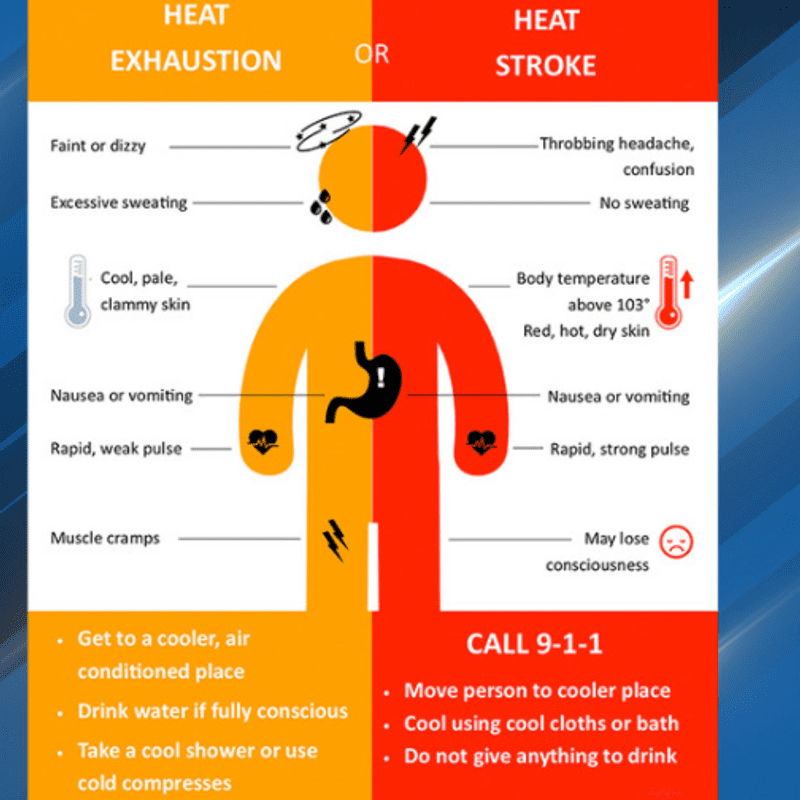
Heat exhaustion is a mild condition that often occurs when the human body loses excessive water and salt from profusely sweating. This causes the external temperatures to be more moderate when associated with intense physical activity. (Leiva & Church, 2024) Additionally, when a person is dealing with heat exhaustion, some of the symptoms that they will experience include:
- Heavy sweating
- Fatigue
- Headaches
- Muscle cramps
- Pale, cool, moist skin
- Fast, weak pulse
Even though heat exhaustion is a mild heat-related condition, it can develop into severe heat-related conditions like heat stroke if not treated immediately. Heat stroke is a severe heat-related illness that is not only life-threatening but has two forms that can affect a person’s body temperature: classic and exertional. Classic heat stroke often affects elderly individuals who have chronic medical conditions, while exertional heat stroke affects healthy individuals who are doing strenuous physical activities. (Morris & Patel, 2024) Some of the symptoms associated with heat stroke include:
- High body temperature (104°F or higher)
- Hot, red, dry skin
- Rapid, strong pulse
- Confusion
- Seizures
- Loss of consciousness
How Do Both Conditions Affect The Muscles?
Both heat-related illnesses can have a significant effect on the musculoskeletal system and cause muscle pain to not only the extremities but also the entire body system. The issue affects the musculoskeletal system and can lead to painful muscle cramps, involuntary muscle contractions, and muscle pain. Since muscle pain is a multi-factorial condition, heat-related illnesses like heat stroke and exhaustion can influence a person’s lifestyle and comorbid health factors. (Caneiro et al., 2021) When that happens, many individuals can seek treatments to stay cool from heat exhaustion and heat stroke and reduce muscle pain.
Secrets Of Optimal Wellness-Video
Treatments For Staying Cool & Reduce Muscle Pain
While it is important to understand the difference between heat stroke and heat exhaustion due to the crucial timing and effective interventions, finding various treatments to reduce muscle pain and find ways to stay cool is important. Many individuals can wear technology to monitor the person’s physiological status actively and prevent injuries while providing early detection for heat-related illnesses. (Dolson et al., 2022) This can reduce the chances of muscle pain and help regulate body temperature. For individuals dealing with heat exhaustion, they can:
- Move to a cooler environment
- Be well-hydrated with water and electrolyte-rich drinks
- Rest
- Wear cool clothes to lower body temperature
For individuals dealing with heat stroke, they can:
- Call emergency services immediately
- Apply cool clothes or ice packs to the body
- Monitor vital signs
Both treatments can ensure positive results in preventing life-threatening situations that can affect the musculoskeletal system.
Conclusion
Given the significant impact both heat stroke and heat exhaustion can have on the musculoskeletal system, it’s essential to take proactive measures. Proper hydration, cooling, and rest can help manage and alleviate muscle pain associated with these heat-related illnesses. By staying informed, maintaining hydration, and taking proactive steps to protect yourself from excessive heat, you can significantly reduce the chances of these heat-related illnesses affecting your outdoor activities.
References
Caneiro, J. P., Bunzli, S., & O’Sullivan, P. (2021). Beliefs about the body and pain: the critical role in musculoskeletal pain management. Braz J Phys Ther, 25(1), 17-29. https://doi.org/10.1016/j.bjpt.2020.06.003
Dolson, C. M., Harlow, E. R., Phelan, D. M., Gabbett, T. J., Gaal, B., McMellen, C., Geletka, B. J., Calcei, J. G., Voos, J. E., & Seshadri, D. R. (2022). Wearable Sensor Technology to Predict Core Body Temperature: A Systematic Review. Sensors (Basel), 22(19). https://doi.org/10.3390/s22197639
Gauer, R., & Meyers, B. K. (2019). Heat-Related Illnesses. American Family Physician, 99(8), 482-489. https://www.ncbi.nlm.nih.gov/pubmed/30990296
https://www.aafp.org/pubs/afp/issues/2019/0415/p482.pdf
Leiva, D. F., & Church, B. (2024). Heat Illness. In StatPearls. https://www.ncbi.nlm.nih.gov/pubmed/31971756
Morris, A., & Patel, G. (2024). Heat Stroke. In StatPearls. https://www.ncbi.nlm.nih.gov/pubmed/30725820
Prevention, C. f. D. C. a. (2022). Heat stress — heat related illness. The National Institute for Occupational Safety and Health (NIOSH) Retrieved from https://www.cdc.gov/niosh/topics/heatstress/heatrelillness.html#cramps
Disclaimer
General Disclaimer
Professional Scope of Practice *
The information herein on "Heat Exhaustion and Heat Stroke: Musculoskeletal System Effects" is not intended to replace a one-on-one relationship with a qualified health care professional or licensed physician and is not medical advice. We encourage you to make healthcare decisions based on your research and partnership with a qualified healthcare professional.
Blog Information & Scope Discussions
Welcome to El Paso's Premier Wellness and Injury Care Clinic & Wellness Blog, where Dr. Alex Jimenez, DC, FNP-C, a Multi-State board-certified Family Practice Nurse Practitioner (FNP-BC) and Chiropractor (DC), presents insights on how our multidisciplinary team is dedicated to holistic healing and personalized care. Our practice aligns with evidence-based treatment protocols inspired by integrative medicine principles, similar to those found on this site and our family practice-based chiromed.com site, focusing on restoring health naturally for patients of all ages.
Our areas of multidisciplinary practice include Wellness & Nutrition, Chronic Pain, Personal Injury, Auto Accident Care, Work Injuries, Back Injury, Low Back Pain, Neck Pain, Migraine Headaches, Sports Injuries, Severe Sciatica, Scoliosis, Complex Herniated Discs, Fibromyalgia, Chronic Pain, Complex Injuries, Stress Management, Functional Medicine Treatments, and in-scope care protocols.
Our information scope is multidisciplinary, focusing on musculoskeletal and physical medicine, wellness, contributing etiological viscerosomatic disturbances within clinical presentations, associated somato-visceral reflex clinical dynamics, subluxation complexes, sensitive health issues, and functional medicine articles, topics, and discussions.
We provide and present clinical collaboration with specialists from various disciplines. Each specialist is governed by their professional scope of practice and their jurisdiction of licensure. We use functional health & wellness protocols to treat and support care for musculoskeletal injuries or disorders.
Our videos, posts, topics, and insights address clinical matters and issues that are directly or indirectly related to our clinical scope of practice.
Our office has made a reasonable effort to provide supportive citations and has identified relevant research studies that support our posts. We provide copies of supporting research studies upon request to regulatory boards and the public.
We understand that we cover matters that require an additional explanation of how they may assist in a particular care plan or treatment protocol; therefore, to discuss the subject matter above further, please feel free to ask Dr. Alex Jimenez, DC, APRN, FNP-BC, or contact us at 915-850-0900.
We are here to help you and your family.
Blessings
Dr. Alex Jimenez DC, MSACP, APRN, FNP-BC*, CCST, IFMCP, CFMP, ATN
email: coach@elpasofunctionalmedicine.com
Multidisciplinary Licensing & Board Certifications:
Licensed as a Doctor of Chiropractic (DC) in Texas & New Mexico*
Texas DC License #: TX5807, Verified: TX5807
New Mexico DC License #: NM-DC2182, Verified: NM-DC2182
Multi-State Advanced Practice Registered Nurse (APRN*) in Texas & Multistate
Multistate Compact RN License by Endorsement (42 States)
Texas APRN License #: 1191402, Verified: 1191402 *
Florida APRN License #: 11043890, Verified: APRN11043890 *
* Prescriptive Authority Authorized
ANCC FNP-BC: Board Certified Nurse Practitioner*
Compact Status: Multi-State License: Authorized to Practice in 40 States*
Graduate with Honors: ICHS: MSN-FNP (Family Nurse Practitioner Program)
Degree Granted. Master's in Family Practice MSN Diploma (Cum Laude)
Dr. Alex Jimenez, DC, APRN, FNP-BC*, CFMP, IFMCP, ATN, CCST
My Digital Business Card
RN: Registered Nurse
APRNP: Advanced Practice Registered Nurse
FNP: Family Practice Specialization
DC: Doctor of Chiropractic
CFMP: Certified Functional Medicine Provider
MSN-FNP: Master of Science in Family Practice Medicine
MSACP: Master of Science in Advanced Clinical Practice
IFMCP: Institute of Functional Medicine
CCST: Certified Chiropractic Spinal Trauma
ATN: Advanced Translational Neutrogenomics
